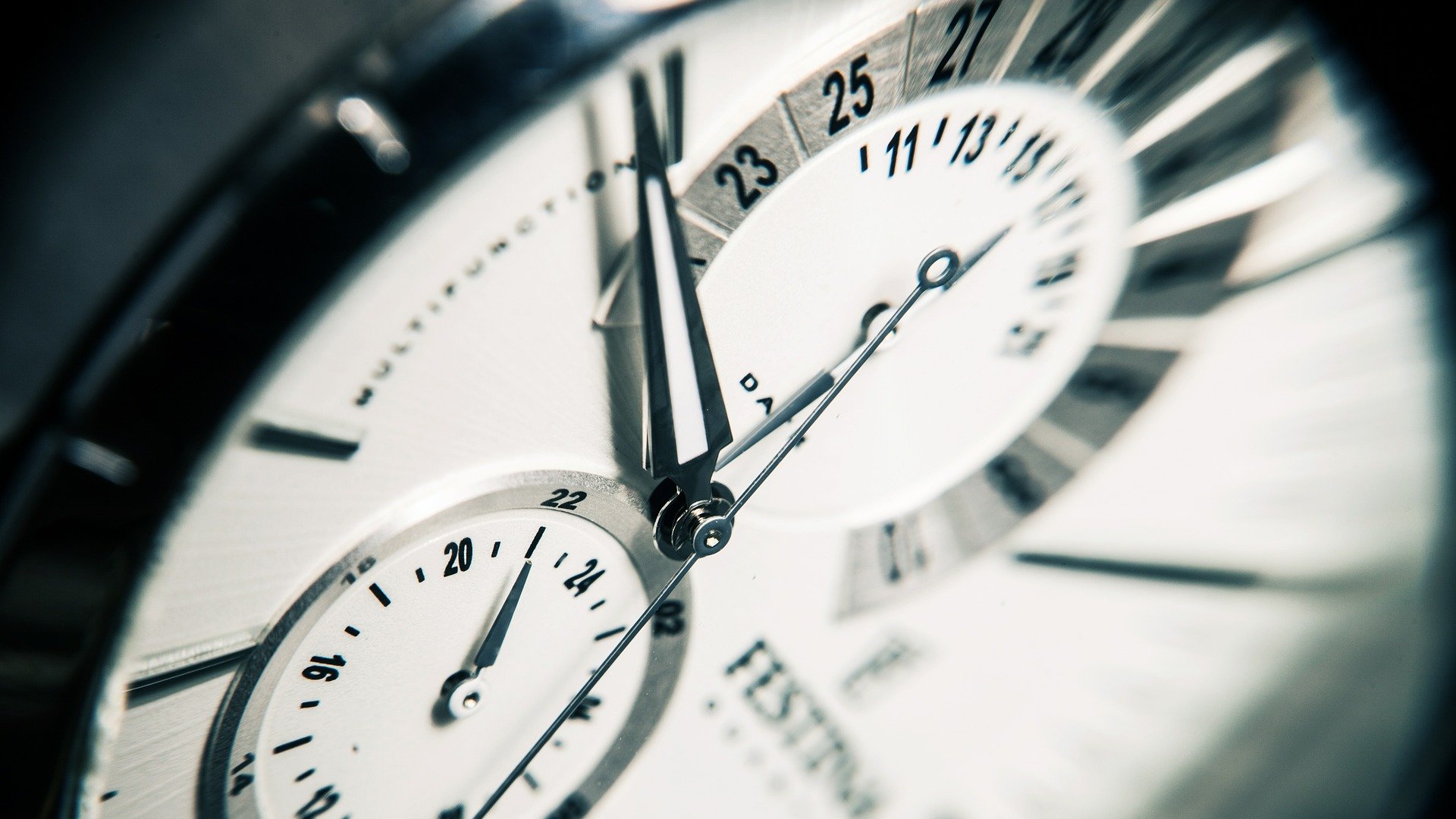Nuclear clock breakthough could revolutionize how we measure time
Tick tick boom

In 1949, physicists build the world's first atomic clock. Instead of a traditional pendulum, it kept time by counting the vibrations of atoms - making it far more accurate than the quartz clocks that preceded it.
Today, atomic clocks set the standard of accuracy for timekeeping - they can be made so ultra-precise that they'll lose less than half a second over 15 billion years. But now physicists believe they can go one better - by building a nuclear clock.
Instead of counting the vibrations of atoms, a nuclear clock tracks their transition from an excited state to a ground state. The difficulty is in doing that. It's possible with lasers, but they can only measure the very slowest of transitions - which occurs in an isotope of thorium called thorium-229.
Lengthy Testing
Even that has proved tricky in the past, but now researchers affiliated with several institutions in Germany reckon they've cracked it - using what they call a "low-energy microchannel plate detection technique".
Essentially, they fire electrons into a screen made of phosphor, resulting in the release of visible light which can be captured by a camera.
After lengthy testing, to ensure that the signals came from the thorium-229 and not some other source, they're now confident in saying they can track the transition effectively. That opens up the door to a nuclear clock, which could be an order of magnitude more accurate than even the best atomic clocks today.
Very few people need a clock as accurate as that in everyday life, of course. It would instead be put to use testing fundamental physics constants, searching for dark matter, or use in 3D gravity sensors or as part of an earthquake detection system. It may also let us more accurately redefine the length of a second.
Get daily insight, inspiration and deals in your inbox
Sign up for breaking news, reviews, opinion, top tech deals, and more.
The full details of how the experiments were conducted have been published in a paper in Nature.
